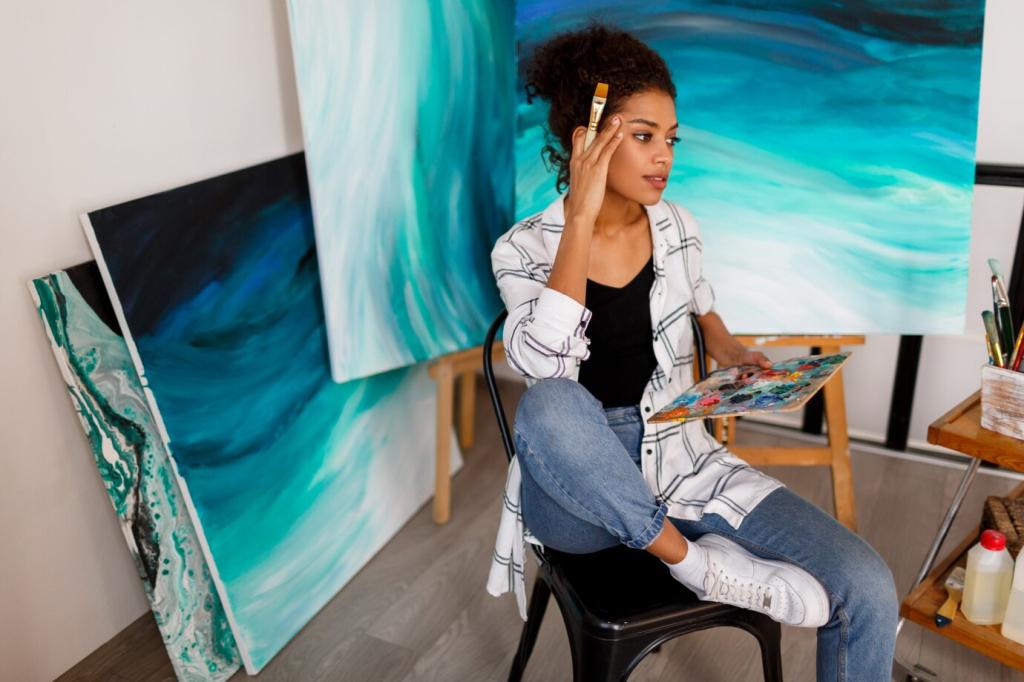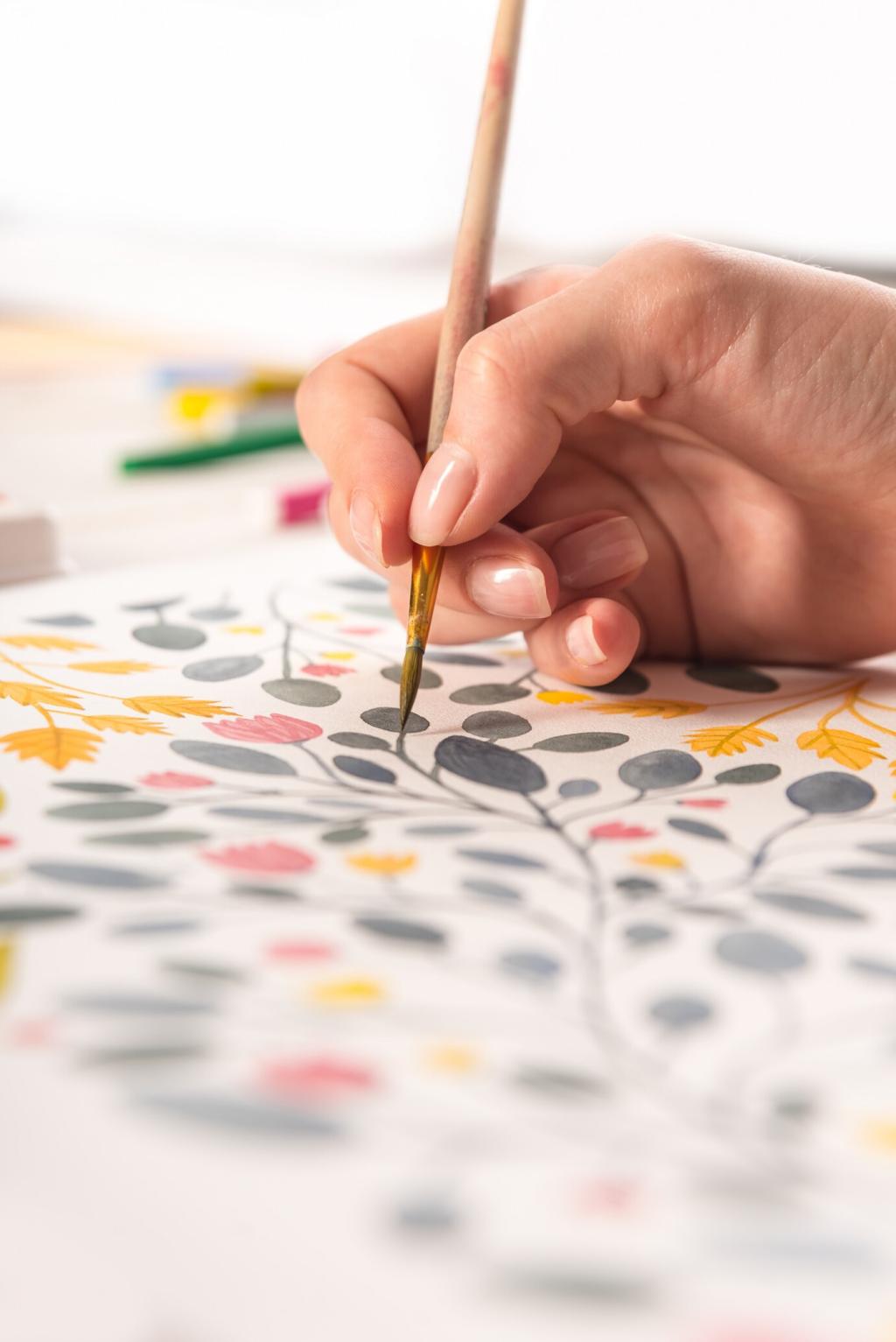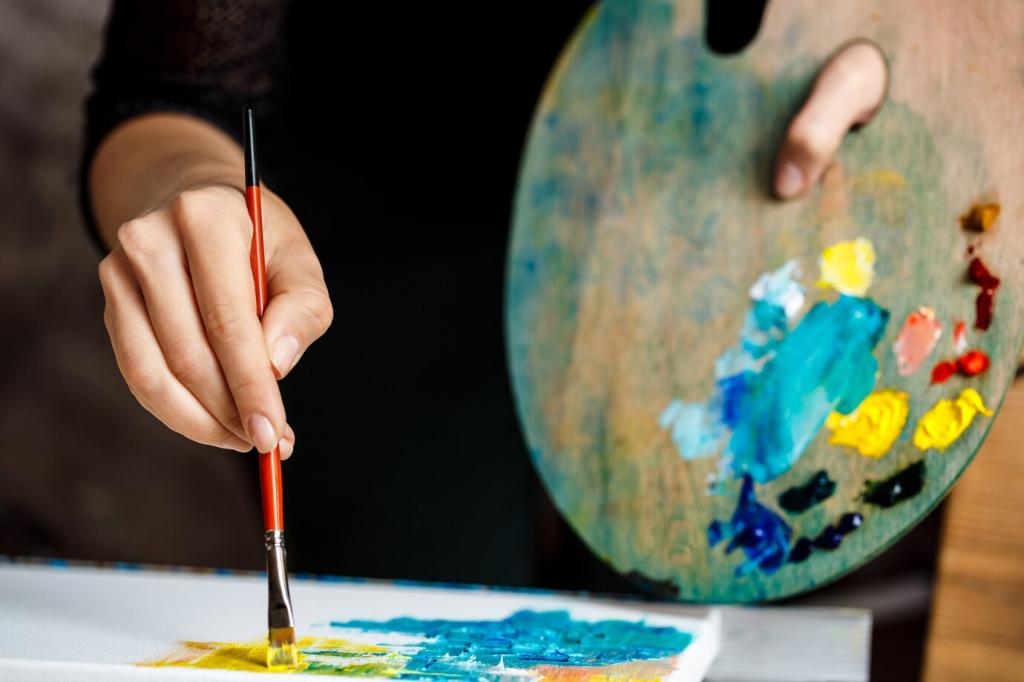Aesthetics of Alarm: Visual Languages of Climate
Some artists convert temperature anomalies and emission curves into chromatic bands, lattices, and swelling grids. Abstraction channels urgency without literal depiction, letting viewers feel trend lines as rhythms and pressures. If you’ve woven datasets into your work, describe your process, sources, and how audiences respond to quantified climate emotion.
Aesthetics of Alarm: Visual Languages of Climate
Contemporary landscape painting often records flood lines, scorched horizons, and invasive species edging into view. Rather than romantic vistas, artists present complex habitats in flux. Share a painting that transformed your understanding of place, and tell us how narrative choices clarified both loss and the possibility of ecological repair.









